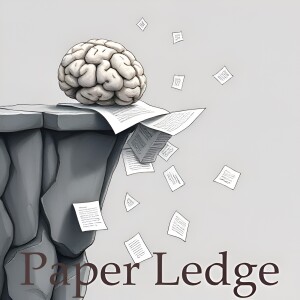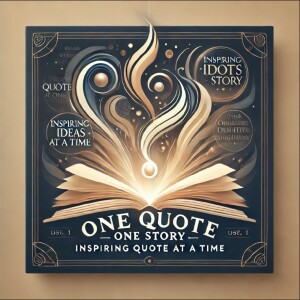

Solar and Stellar Astrophysics - StarEmbed Benchmarking Time Series Foundation Models on Astronomical Observations of Variable Stars
Hey PaperLedge crew, Ernis here, ready to dive into something truly out of this world! We're talking about stars, data, and some seriously smart algorithms.
So, imagine you're watching a star. Not just with your eyes, but with super-powered telescopes that track its brightness over time. This creates what astronomers call a "light curve" - a graph showing how the star's brightness changes. These light curves can tell us all sorts of cool things about the star, like whether it's pulsating, exploding, or has planets orbiting it.
Now, astronomers have been using special computer programs, designed specifically for this task, to analyze these light curves. But what if we could use general-purpose AI – the kind trained on all sorts of data except for astronomical data – to do an even better job?
That's where this paper comes in! Researchers have created something called StarEmbed. Think of it as a standardized testing ground for AI models, specifically when applied to these stellar light curves. It's a benchmark to see how well these general AI models can understand and classify different types of stars based on their light curves.
Why is this important? Well, imagine trying to teach a dog a new trick. You could spend hours training it specifically for that one trick. Or, you could focus on general obedience and intelligence, which would allow the dog to learn many tricks more easily. Similarly, these researchers are asking: can AI models trained on everything learn about stars just as well or even better than AI models trained only on star data?
The researchers took about 40,000 labeled light curves (meaning experts had already identified what kind of star each one was) from the Zwicky Transient Facility. These light curves represent seven different types of stars, offering a rich dataset for testing.
They then pitted several general-purpose AI models – specifically something called Time Series Foundation Models (TSFMs) – against a specialized AI model called Astromer, which was designed just for astronomical data, and against traditional methods used by astronomers (called "handcrafted feature extraction").
Here's the really cool part: the general-purpose AI models, especially those called Chronos and Chronos-Bolt, which were trained on entirely different kinds of data, actually performed surprisingly well! In some cases, they even outperformed the models specifically designed for astronomical data and traditional methods. They were particularly good at spotting unusual or "out-of-distribution" stars – the outliers that astronomers might otherwise miss.
The models showed good performance on three main tasks:
- Unsupervised clustering: Grouping stars based on similarities in their light curves, without being told what the groups should be.
- Supervised classification: Correctly identifying the type of star based on its light curve, given examples of each type.
- Out-of-distribution source detection: Finding stars that don't fit into any of the known categories – potentially uncovering new and exciting astronomical phenomena.
So, what does all this mean? It suggests that we might be able to leverage these powerful, general-purpose AI models to analyze the massive amounts of data coming from new telescopes. Instead of building specific AI models for each task, we can use these foundation models as a starting point, saving time and resources.
"With the first benchmark of TSFMs on astronomical time series data, we test the limits of their generalization and motivate a paradigm shift in time-domain astronomy..."Think of it like this: instead of having a separate app for every single function on your phone, you have a powerful operating system that can run almost anything. That's the potential of these Time Series Foundation Models for astronomy.
This research has big implications for:
- Astronomers: They can use these models to analyze vast datasets more efficiently and potentially discover new phenomena.
- AI researchers: It shows the power of general-purpose AI and provides a challenging new domain to test their models.
- Citizen scientists: As these tools become more accessible, it could empower more people to participate in astronomical discoveries.
Here are a few things that popped into my head:
- If these general AI models can perform so well without being trained on astronomical data, what could they achieve with some fine-tuning using star data?
- How can we make these AI models more accessible to astronomers who may not be experts in machine learning?
- Could this approach be applied to other scientific fields that deal with time series data, such as climate science or finance?
That's it for this week's deep dive! Let me know what you think of using general AI to study the stars. Until next time, keep looking up!
Credit to Paper authors: Weijian Li, Hong-Yu Chen, Qinjie Lin, Nabeel Rehemtulla, Ved G. Shah, Dennis Wu, Adam A. Miller, Han Liu
More Episodes
All Episodes>>Create Your Podcast In Minutes
- Full-featured podcast site
- Unlimited storage and bandwidth
- Comprehensive podcast stats
- Distribute to Apple Podcasts, Spotify, and more
- Make money with your podcast












